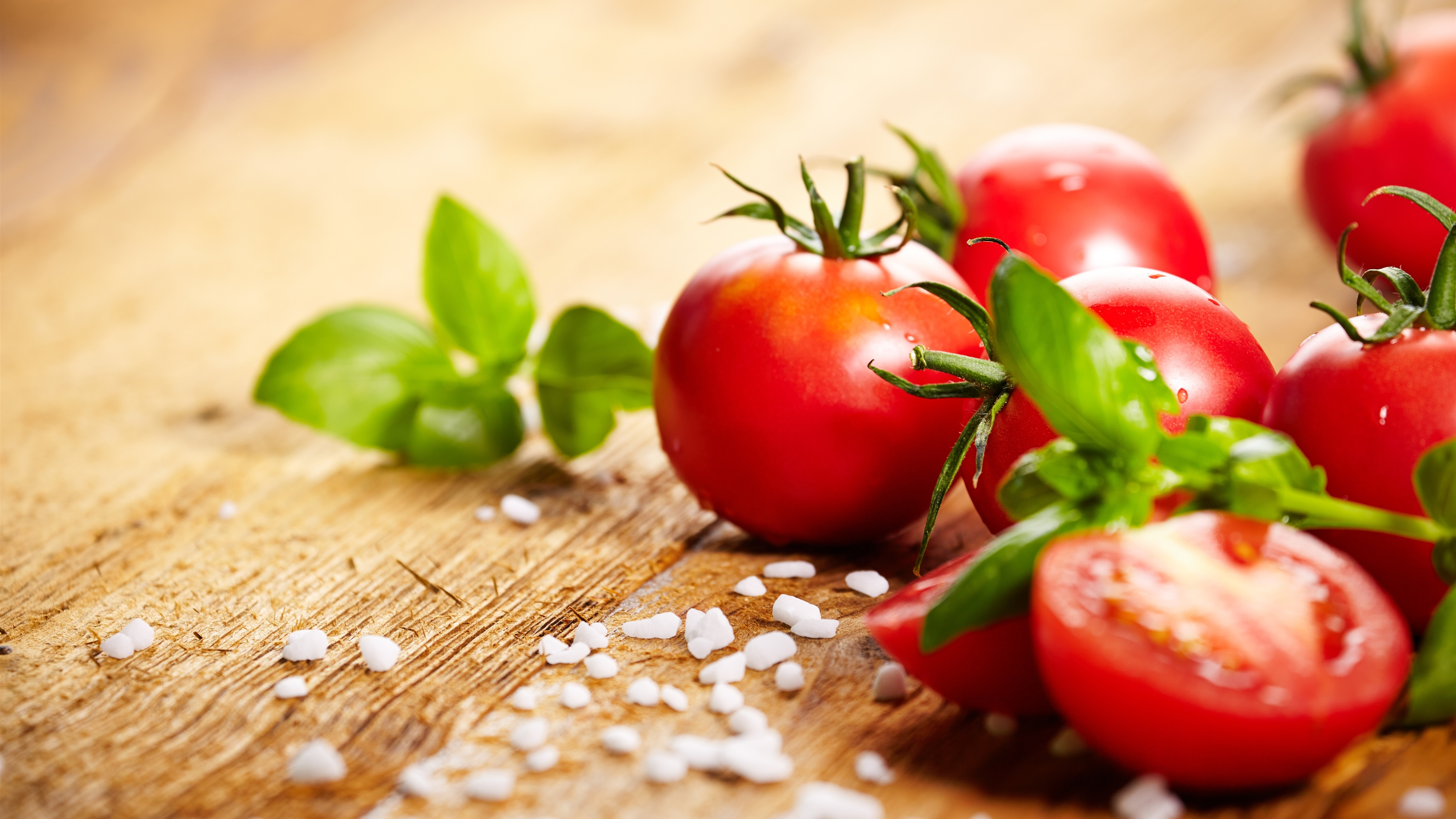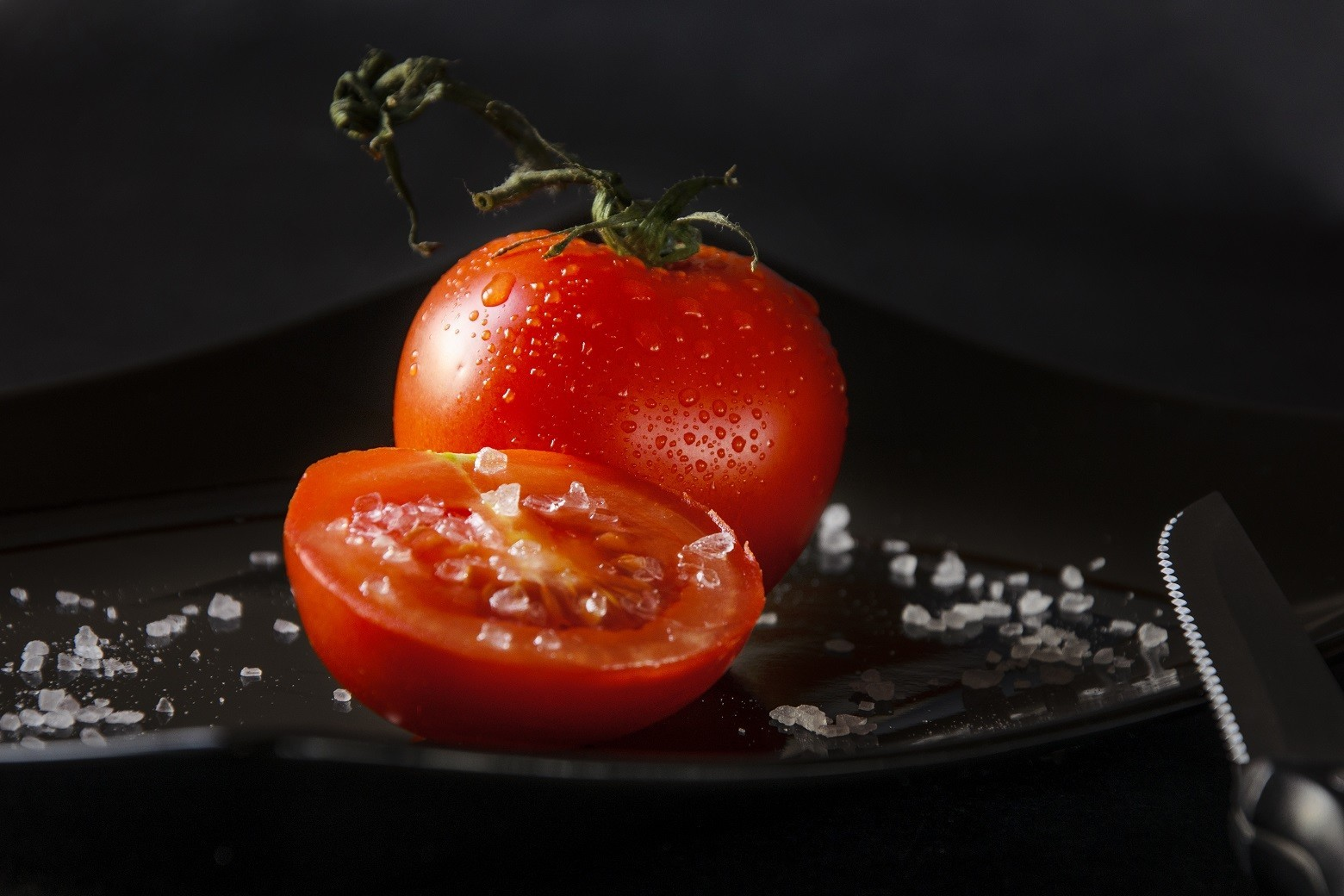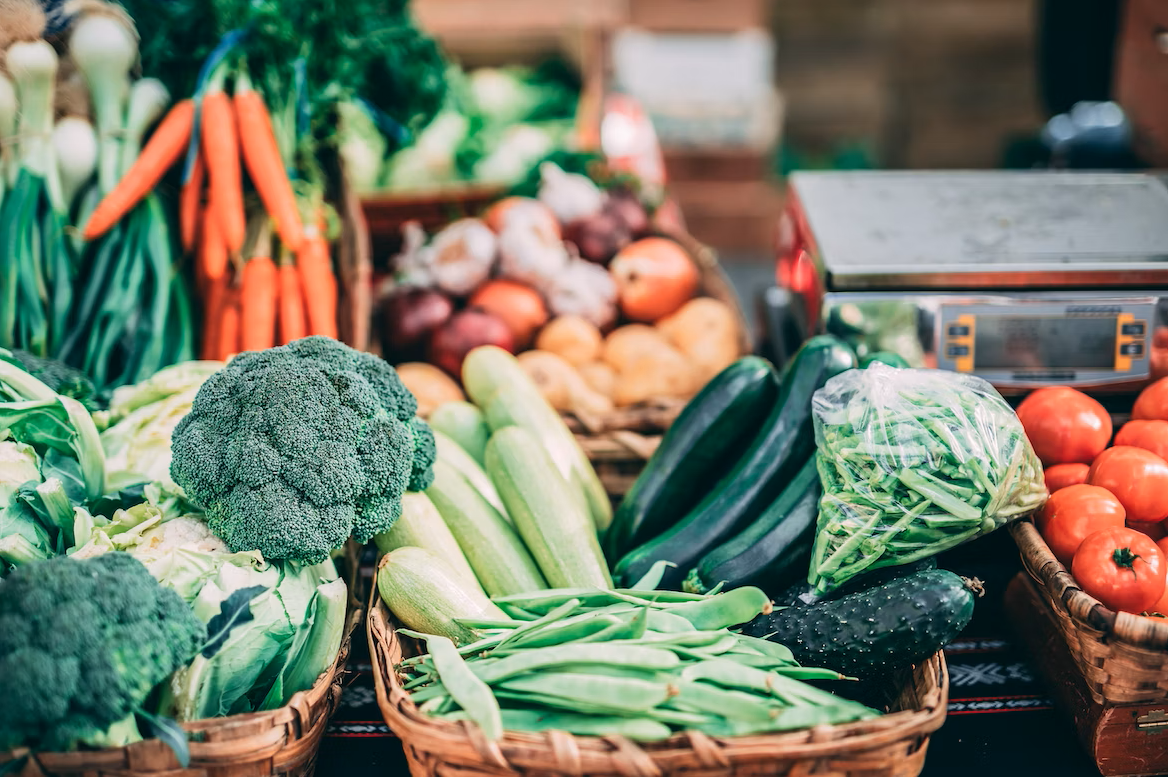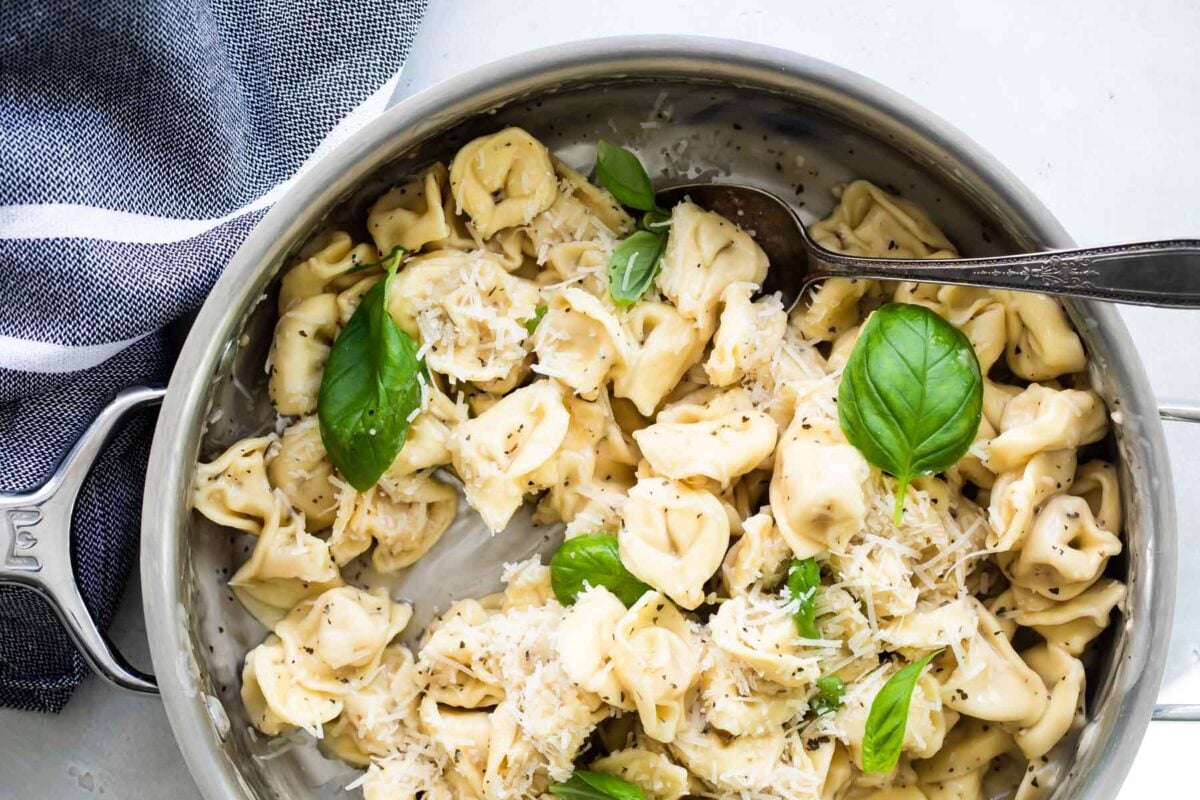
There is no comparison between the juicy, strong sweet and sour taste of ripe seasonal tomatoes and the light, powdery characteristics of cold weather tomatoes. But even the best tomatoes can be greatly improved with just one simple ingredient. This ingredient is salt, which not only flavors your food-it also has a scientific effect.
More specifically, salt is added to promote penetration. This process, in Kenji's words, draws liquid through the membrane (cell wall) from the area with low solute concentration (inside the tomato cell)-in this case, tomato juice) and enters the high solute. Concentration area (extracellular). To put it more simply, in just a few minutes, the salt will release the juice from the tomatoes, which will make the fruit less water and more flavorful.
That's not all! Salt stimulates your salivary glands, causing them to produce saliva, which distributes the taste to your taste buds. It can also suppress your perception of bitterness and make tomatoes taste sweeter.

In general, these unique characteristics make us a fan of tomato pickling. And, for most enthusiasts, our salting practice is accompanied by some core precepts:
1. You should drain the tomatoes to make a salad: If you have ever added tomatoes to a salad, you are probably familiar with the liquid pool formed at the bottom of the bowl, soaking your leaves and diminishing the flavor of the whole dish. The answer? Before mixing the tomatoes with the other ingredients, salt the tomatoes and let them drain in a strainer or colander for 15 or 20 minutes. You will enhance their flavor at the same time and make sure that the only liquid in the bowl is the condiment of your choice. Test it out with this mixed herb salad or our modern iceberg wedge salad.
2. You should drain the tomatoes for later use: The same principle applies to tomatoes in any dish you plan to prepare 15 minutes before serving—think homemade lunches, picnic staples, etc.
3. You should keep the juice: make sure to put the strainer or filter on the bowl-the liquid you will extract is well worth keeping. Use it in your next Bloody Mary, or add it to salad dressing (it's up to you, not tomatoes!). In fact, pickling tomatoes, draining the water, and then remixing them with the juice is an essential process for our rich Andalusian gazpacho (and its faster and simpler cousin); our tomato sauce; and our classic Tuscan panzanella.
4. You shouldn't drain the current tomatoes: do you plan to dig it right away? Make full use of the natural juiciness of tomatoes and add salt at the end. This is a great way to enhance BLT, breakfast sandwiches, Caprese salads, pan con tomate, bruschetta, etc.
5. You should choose the type and amount of salt wisely: if you just add salt to the tomatoes to drain them, we recommend using coarse salt-one teaspoon per pound of tomatoes is enough. But for tomato products you plan to enjoy right away, grab the last salt and season it. Flaky sea salt will bring a bright taste and pleasant crunchy texture element, which is unmatched by kosher and table salt.








